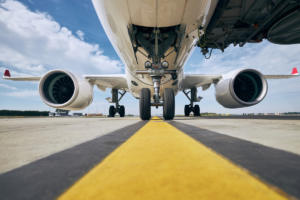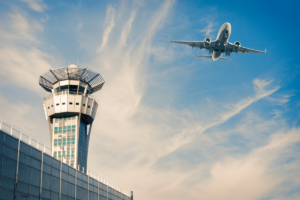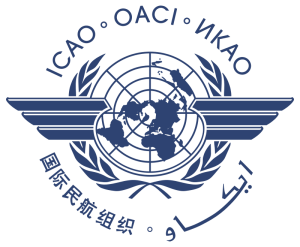Many Airport Lighting Control And Monitoring Systems (ALCMS) contain an L-854 radio decoder to enable pilot control during landing. It is essential to regularly maintain and troubleshoot this equipment so pilots can activate the airfield lighting system via their air-to-ground radio.
This month, we thought we’d provide an L-854 unit maintenance checklist to help your ALCMS operate smoothly and reliably on an ongoing basis, ensuring safe and efficient airport and runway operations.
Antenna Location Check
One key to efficient pilot control operations is having the L-854’s antenna in a location where it can receive the pilot’s microphone clicks. Its location should be mounted high enough and free from obstructions to enable it to “see” several miles out in all directions as aircraft approaches. The antenna must regularly be checked for solid structural support and possible damage due to wildlife or inclement weather.
Antenna Continuity Check
The key to the L-854’s operation is maintaining good continuity between the base unit and the remote-mounted antenna. The coaxial antenna cable consists of a center conductor encased in a meshed outer shield, which is isolated from the shield and tied directly to the antenna, typically through a PolyPhaser surge suppressor on one end and directly to the L-854 base unit on the other. The shield is tied to the ground and helps filter any noise the antenna may be subject to.
If it is possible to access the antenna, use an ohmmeter to test the continuity between the center conductor and the end at the L-854 base unit. The reading should indicate zero or very low ohms, depending on the distance between the two. Any other readings could indicate improper antenna installation.
Antenna Cable Continuity Check In Airport Lighting Control And Monitoring Systems
As with the antenna, the antenna cable should also be checked regularly for any damage. For example, it’s common for high winds to cause cable chafing or pests to chew through the cable. In fact, there was one instance of a deer gnawing on a cable at a remote installation, impacting the unit’s overall operation.
The antenna cable should be tested regularly for continuity between the center conductor and the outer shield. You can do this by disconnecting the antenna from the L-854 base unit and using an ohmmeter to ring between the center conductor and the metal of the BNC connector. The reading should be an open circuit with high ohms. Anything other than an open circuit indicates possible cable damage that needs to be repaired.
Wireless System Checks
Airport Lighting Company has several wireless lighting control systems in operation. Wireless communications enable remote installations to be controlled by a central location, typically the vault or control tower. These systems usually use directional antennas mounted in a line-of-sight configuration between two opposing locations.
As with the L-854 systems, wireless systems depend on their antennas to function correctly. In most instances, one of the opposing antennas is typically mounted at ground level at the remote installation. This fundamentally makes the antenna and cable even more vulnerable to potential damage or misalignment due to wildlife or human-caused reasons. Regular inspections of the remote locations are necessary to stay on top of any damage.
Check For Signs Of Overheating
As we all know, lightning can wreak havoc on the airfield. It can also travel back to control panels and cause damage there. Additionally, burn marks or discoloration due to heat may occur over time.
Look for indications of overheating in the components. Laser temperature guns help pinpoint potential heat problems before they cause failure. Manually running all the lights and regulators through their operation can also help detect issues.
Lighting Control System Cleanliness Check
Rule 1 of control panels: keep them closed! Control system panels must remain closed to keep the elements and rodents out. Ensure all panel doors are latched and that any electrical conduits entering the panels are inaccessible to wildlife. Water may even find its way into control panels through any openings if they’re not correctly sealed.
Conducting simple visual checks can ensure all conduits entering the control panels are solid and sealed. Check the wiring integrity inside the panels. In extreme situations, wiring may become loose due to vibration and age.
If you’re unsure how to approach maintaining or troubleshooting your L-854 radio decoder, Airport Lighting Control and Monitoring Systems, or any other part of your airport lighting infrastructure, call the experts at Airport Lighting Company right away. Our tech support team specializes in providing solutions that solve even the most complex airport lighting problems.
Read More: Enhancing Airport Efficiency And Safety With Airport Lighting Control And Monitoring Systems
Call Airport Lighting Company For The Latest In Airport Lighting Technology
The Airport Lighting Company team is standing by to answer your questions about how our tech-based products can help improve the safety, reliability, and efficiency of your runways. Call 315-682-6460 for fast, friendly service you can count on.






